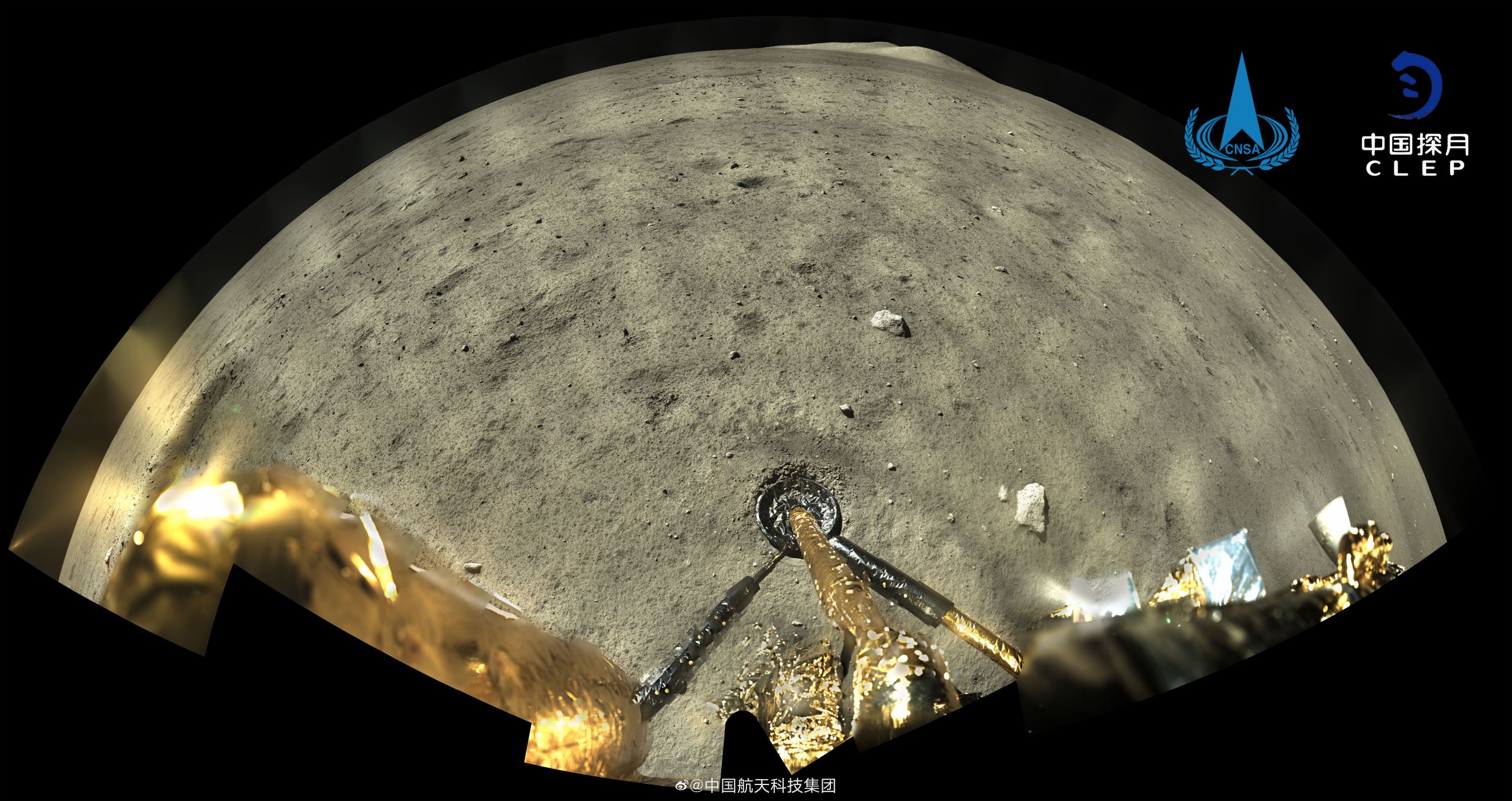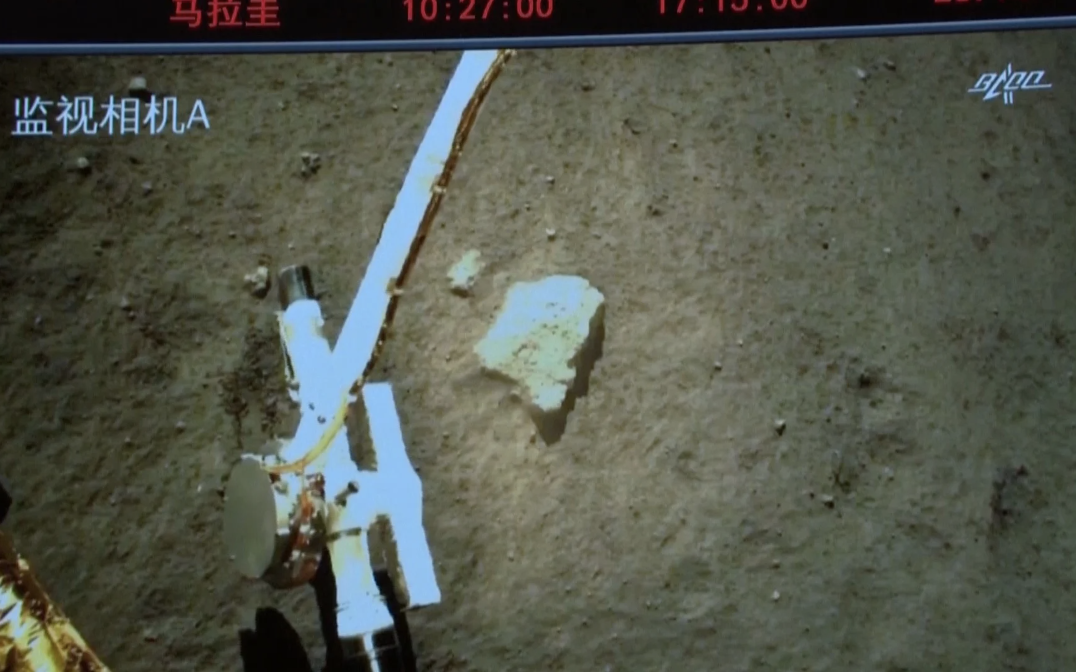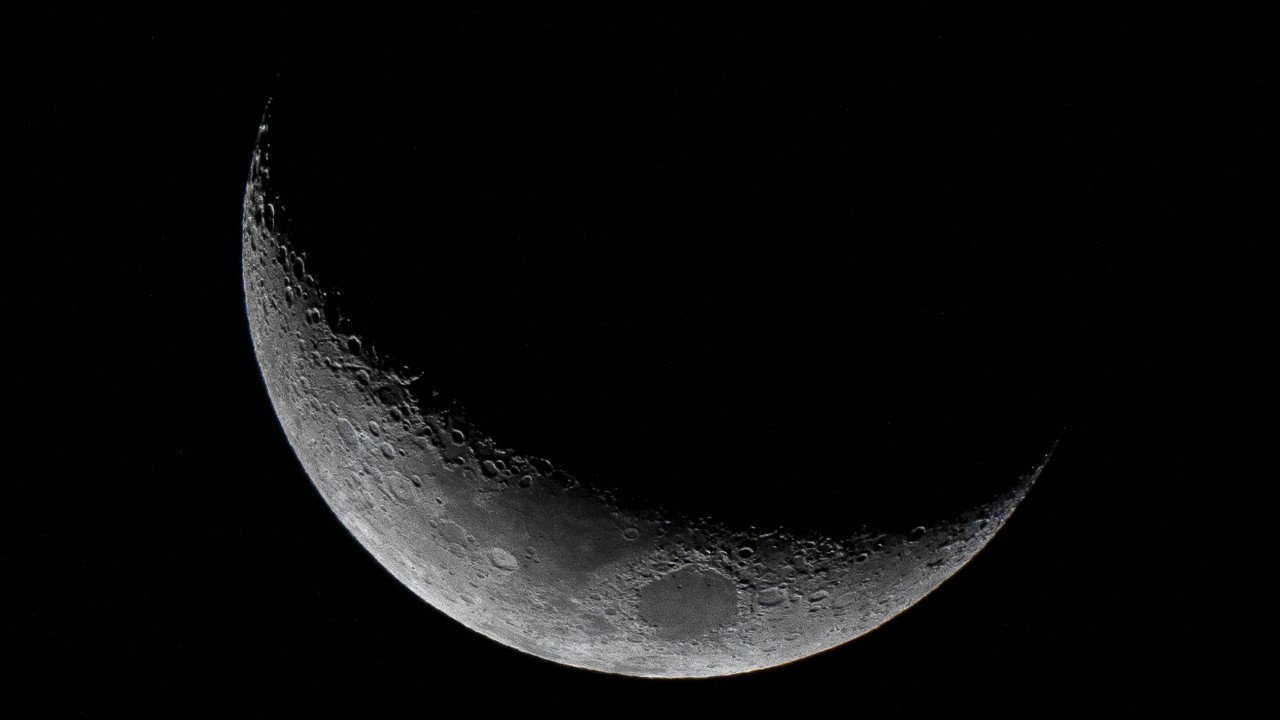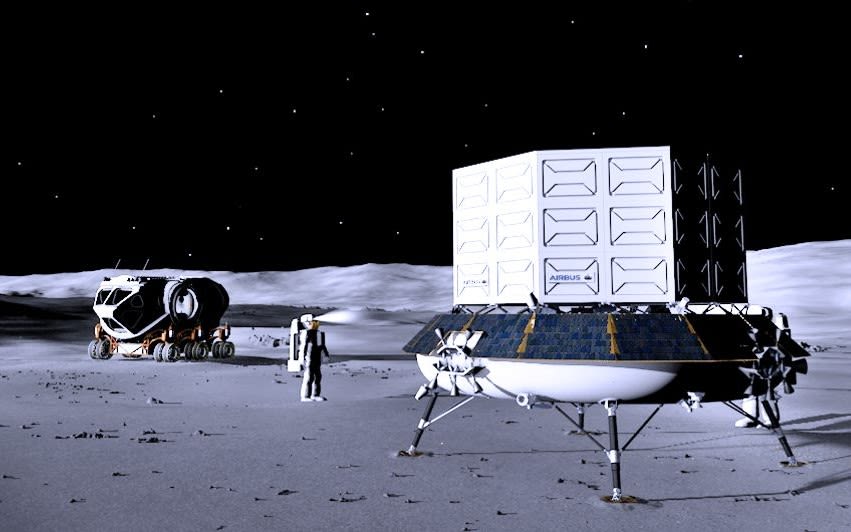
A panoramic image of the moon's surface taken by Chang'e-5, which brought back the glass beads. /CNSA/CLEP
A panoramic image of the moon's surface taken by Chang'e-5, which brought back the glass beads. /CNSA/CLEP
Water found inside soil samples brought back from the moon by a Chinese lunar mission has offered what scientists describe as a potentially vital reservoir for future human activities on the moon.
The water was found in spherical glass 'beads' formed when lunar rock first melted during violent impacts from meteorites, then cooled. The spheres bore within them water molecules formed through the action of the solar wind on the moon's surface.
"The moon is constantly bombarded with impactors – for example micrometeoroids and large meteoroids – which produce impact glass beads during high-energy flash-heating events," said planetary scientist Sen Hu of the Chinese Academy of Sciences' Institute of Geology and Geophysics, a co-author of the study published in the journal Nature Geoscience.
READ MORE
Chang'e: Chinese space mission to the moon
Space exploration flourishing for China and Europe
Could the moon help to fuel Earth?
Tiny meteorites bombard the surface of the moon, which lacks the protection of an atmosphere. The heat of the impact melts the surface material, which cools into round glass beads around the width of a strand of hair.
The study, carried out by a team led by the Chinese Academy of Sciences, said that the glass beads are "probably the dominant reservoir involved in the lunar surface water cycle."
Study co-author Mahesh Anand, a professor of planetary science and exploration at the UK's Open University, said that water molecules could be seen "hopping over the lunar surface" when it was sunny, "but we didn't know where exactly it was coming from."
Finding the sun's signature
As well as finding water in the beads, the scientists detected "a telltale signature of the sun," Anand said.
Investigating further, they determined that the hydrogen necessary to make up the water was coming from solar wind, which sweeps a stream of charged particles – primarily protons and electrons – outward from the corona, the outermost part of the sun's atmosphere, and across the solar system.
The other ingredient for water, oxygen, makes up nearly half of the moon, though it is trapped in rocks and minerals.
"Solar wind-derived water is produced by the reaction of solar hydrogen with oxygen present at the surface of the lunar glass beads," Hu said, with these spheres then acting like a sponge for the water.

Chang'e-5 scraped the lunar surface for soil and rocks. /CCTV
Chang'e-5 scraped the lunar surface for soil and rocks. /CCTV
This means that solar wind could be equally contributing to water on other bodies in the solar system lacking an atmosphere, such as Mercury or asteroids, Anand said.
The study estimates that the glass beads may make up around three to five percent of lunar soil. Anand's "back of the envelope" calculation suggests that there could be around a third of a trillion tonnes of water inside all the moon's glass beads, and it only takes mild heat of around 100 degrees Celsius to liberate the water from the beads.
Food and fuel
For future moon exploration, including potential long-term lunar bases staffed with astronauts, water is of vital importance not only as a drinking supply but as a fuel ingredient.
The moon lacks the bodies of liquid water that are a vital necessity for life on Earth. However, while the moon was once thought to be completely arid, recent discoveries suggest its surface harbors a fairly substantial amount of water, for example in ice patches residing in permanently shadowed locales and trapped in minerals.

Lunar samples have revealed a potentially vital source of water for food and fuel. /Luis Acosta/AFP
Lunar samples have revealed a potentially vital source of water for food and fuel. /Luis Acosta/AFP
"Water is the most sought-after commodity for enabling sustainable exploration of planetary surfaces. Knowing how water is produced, stored and replenished near the lunar surface would be very useful for future explorers to extract and utilize it for exploration purposes," Hu said.
The researchers see promise in obtaining water from the glass beads, perhaps through a heating process to release vapor that would then turn into liquid through condensation.
"We can simply heat these glass beads to free the water stored in them," said planetary scientist and study co-author Hejiu Hui of Nanjing University in China.
Explorers of tomorrow
The samples were retrieved in 2020 during China's robotic Chang'e-5 mission. The capsule returning the soil samples to Earth landed in the northern Chinese region of Inner Mongolia.
About 1.7 kilograms of soil were collected during the mission, with 32 glass beads – tens to hundreds of micrometers wide, a micrometer being a thousandth of a millimeter – examined in the study from the small amount of soil made available for this research, Hu said.
The glass beads were found to hold a water content of up to about 2,000 parts per million by weight. Hu said he believes that such impact glass beads are a common part of lunar soils, found globally and spread evenly.

Humans could establish a base on the moon – although the first settlers may well be robots. /Airbus
Humans could establish a base on the moon – although the first settlers may well be robots. /Airbus
The Chang'e-5 mission, named after the ancient Chinese moon goddess, was the first from any country to retrieve lunar surface samples since the Soviet Union brought back about 170 grams in 1976. The U.S. brought back 382 kilograms of surface samples during the Apollo program from 1969 to 1972.
The interaction of the solar wind with lunar surface materials could sustain a water cycle on the moon, with the glass beads absorbing the water and acting as a repository for it, the researchers said. This solar wind process could similarly yield water on other airless bodies in the solar system such as the innermost planet Mercury and the large asteroid-belt object Vesta, Hui said.
While much more research is needed, he said that heating and processing these materials could supply the "explorers of tomorrow" with water – or even oxygen – to help them search "other worlds in a sustainable, responsible manner."
Subscribe to Storyboard: A weekly newsletter bringing you the best of CGTN every Friday
Source(s): Reuters
,AFP